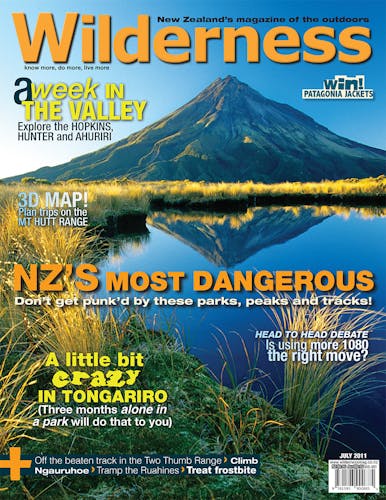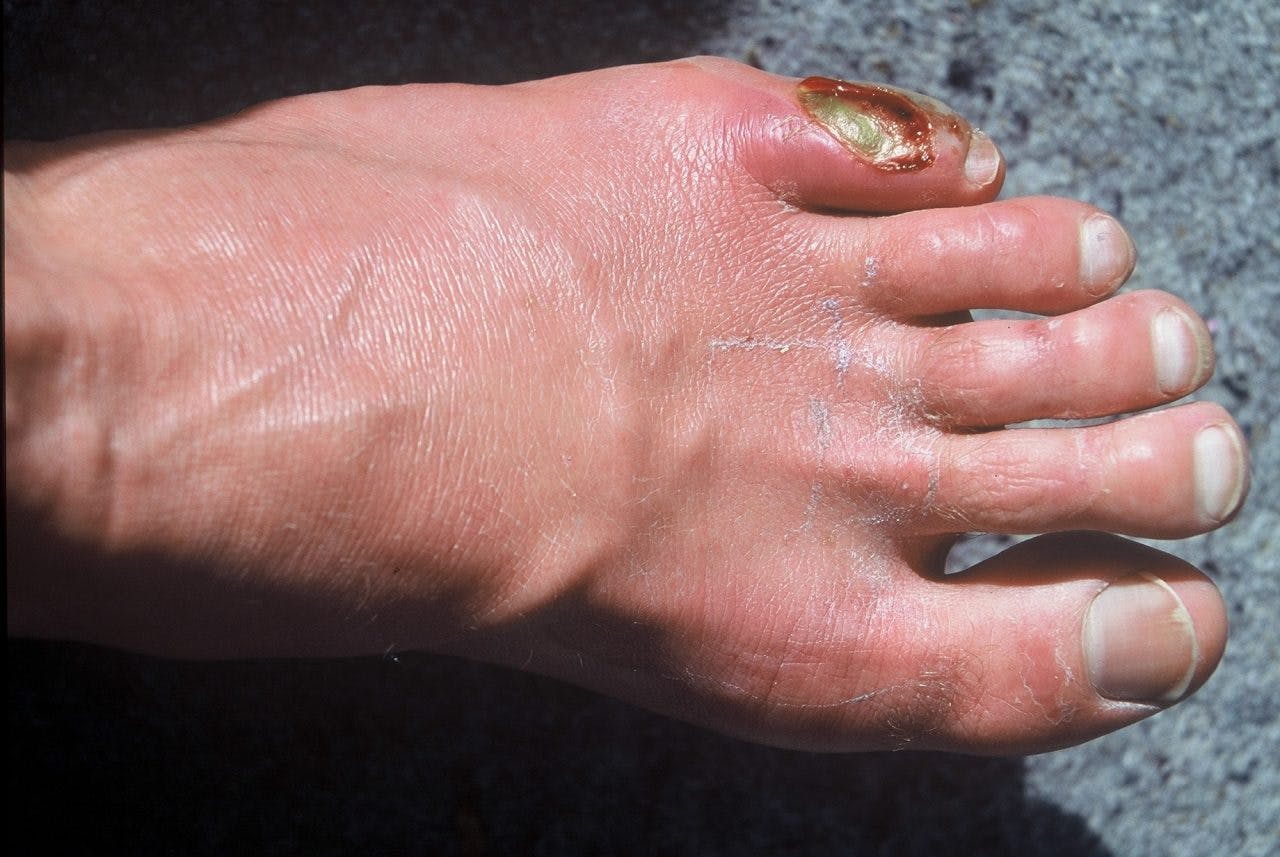I would like to think I am generally pretty staunch when it comes to pain but tucked down in the foetal position in the lee of the summit and experiencing the excruciating pain as blood returned to my fingers, I was a long way from looking in control. I may have even been close to uttering the ‘M’ word. Mummy, that is.
Our bodies have the ability to control how much blood goes where and when. This is an effort to thermo regulate our core temperature: if our temperature begins to drop, the blood supply to our extremities is restricted. A drop in core temperature coupled with exposure to a cold environment runs the risk of our extremities freezing and frostbite developing.
Many of us have suffered or witnessed frostnip on cold windy days when our cheeks begin to go numb and waxy coloured. It can be painful and white, yellow or red patches can develop on the skin. If reversed the effects will disappear with little or no ongoing effects.
Frostbite, on the other hand, involves tissue death and while various classifications exist in medical circles, the average outdoor person only needs to know two: superficial frostbite, involving a shallow freezing of the skin and related tissue that will produce numbness, burning, itching sensation; and deep tissue frostbite which has similar symptoms but with swelling, blood-filled blisters and skin that may turn a blackish blue colour.
The destruction of the cells occurs in two ways. Initially, as the fluid in the tissue surrounding the cell freezes to form ice crystals, the cell loses its fluid and essentially dies from dehydration. But much of the damage associated with frostbite occurs as the blood supply is restored to the affected area. The blood vessels, damaged by the freezing process, leak fluid as it returns. This results in blockages to the smallest vessels which in turn reduces blood supply to the tissue which consequently dies. In severe cases, gangrene can occur and amputation is required.
The way we treat a frostbitten patient can make a big difference to their chances of retaining the function of the affected area. The key is to only re-warm the affected area when we are certain we can keep it warm. If the area is allowed to refreeze then thaw again, the tissue damage produced by the ice crystals will be compounded.
The best way to re-warm is rapidly by immersing the area in hot water of between 40°C and 42°C. This should only be attempted if the patient’s core temperature is close to 37°C as the cold blood returning to the core will have a cooling consequence. Splinting frostbitten limbs is a good idea to prevent movement and rubbing as this will increase damage to the blood vessels.
The patient may experience significant levels of pain, so where possible pain relief should be given.
I was able to get myself together eventually and continue on. It was interesting to note that at one point during that freezing process I could bite my fingers as hard as I could without feeling a thing.
– Henry Worsp is a director of Peak: Outdoor Safety and Emergency Management







